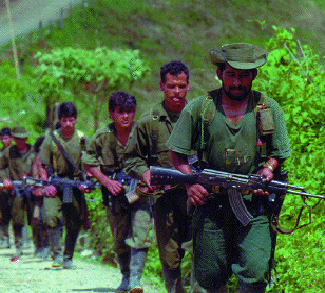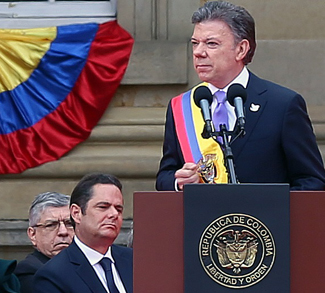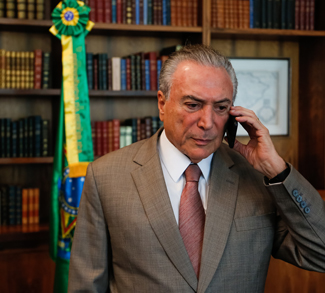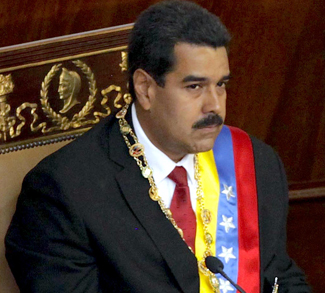Summary
The war between the government and FARC rebels lasted over 50 years, killed over 200,000 people, and displaced millions. And though the intensity of fighting has ebbed over the past decade, this week’s deal is a truly historic one as it provides an opportunity for closure to those who suffered on both sides of the conflict.
But assuming the deal is approved in a national referendum scheduled for October 2, what can we expect in concrete terms for Colombian society?
Background
The deal calls for FARC to lay down its weapons and begin the transition into a political party. Specifically, the FARC’s remaining militias and troops will be divided up and resettled in 23 different ‘normalization zones.’ These zones will be surrounded by a 1km buffer that cannot be breached by Colombian security forces; they will be where rebels are educated and oriented toward civilian life, issued government ID cards, given health care, etc.
The disarmament and varication process will be overseen by a UN mission composed of unarmed political observers. This mission will collect all of the FARCs weapons, which will then be melted down into three monuments to be built at a later date. Individual rebels will hand over their weapons to the mission within the normalization zones.
The process will be guaranteed by the Colombian government, which will form mixed (rebel and regular) security units to police and protect newly decommissioned rebels.
The final deal will be voted on by Colombian citizens in a national plebiscite on October 2. Some recent polls find that the overwhelming majority of them are prepared to vote ‘yes.’ Others are showing a much closer race.




